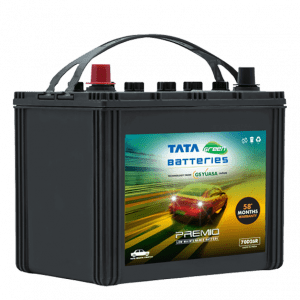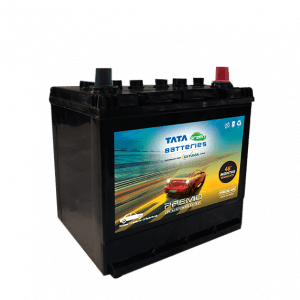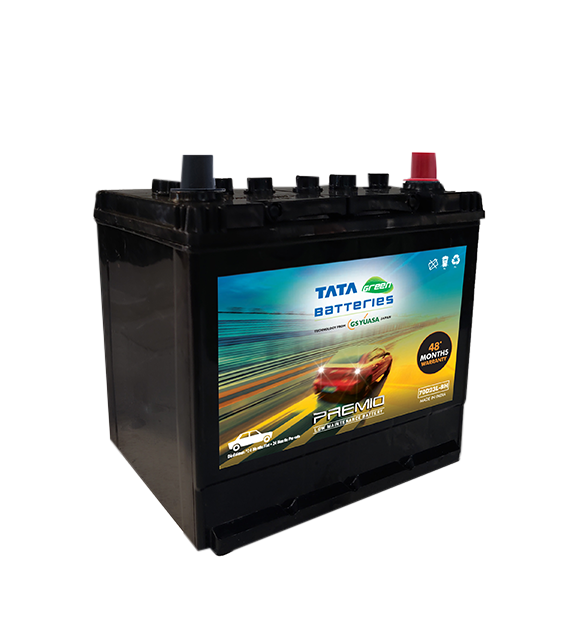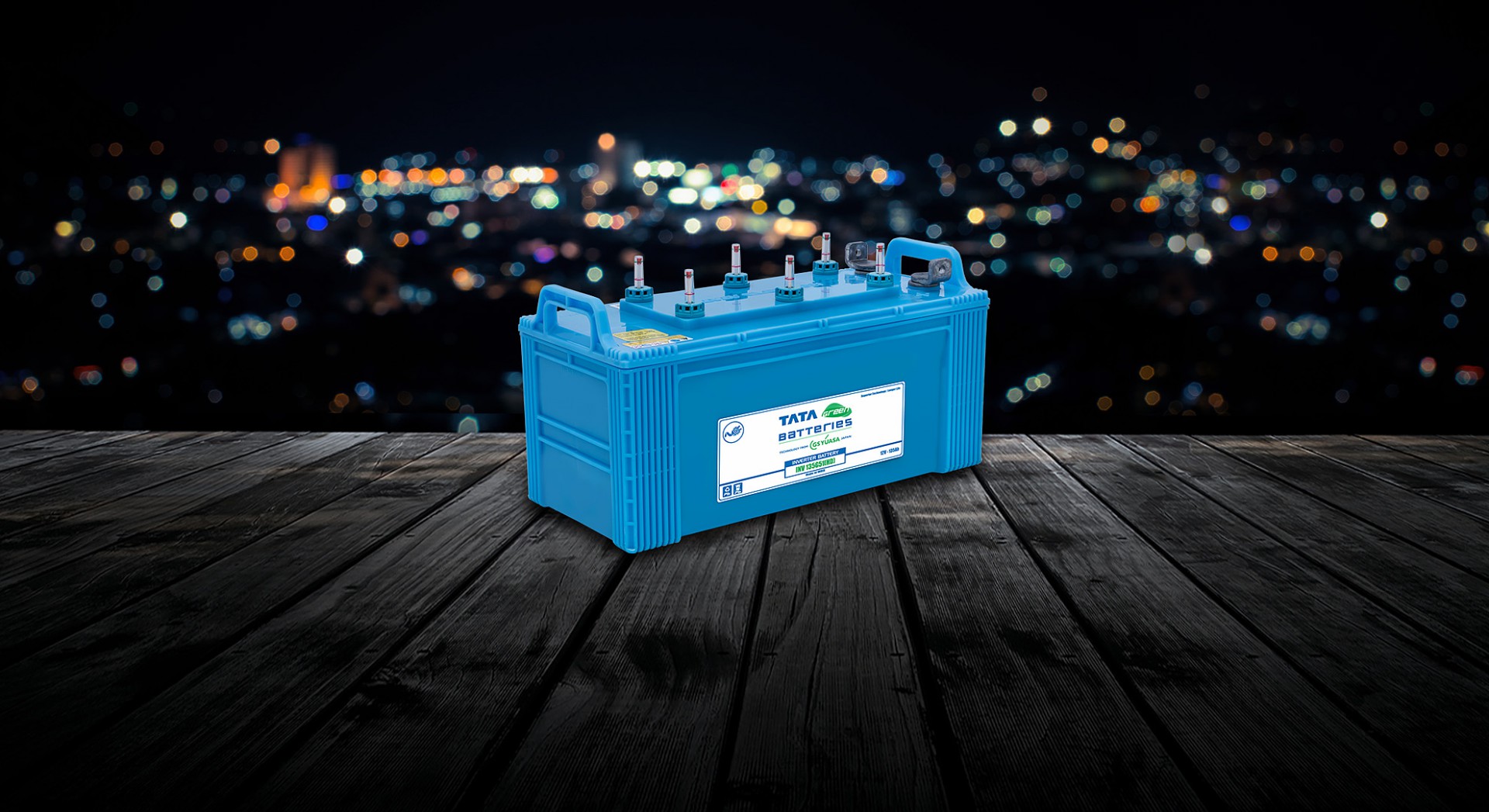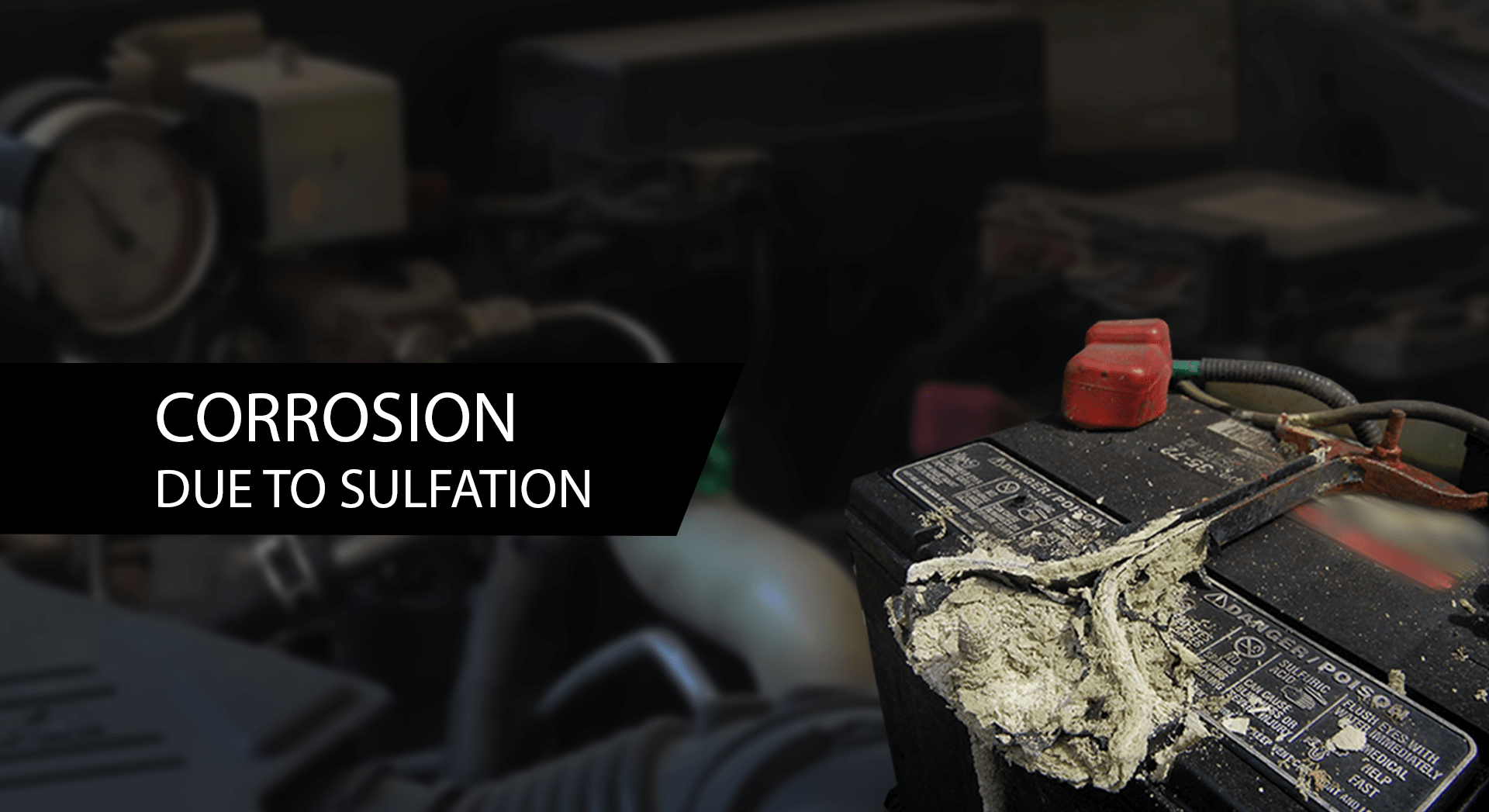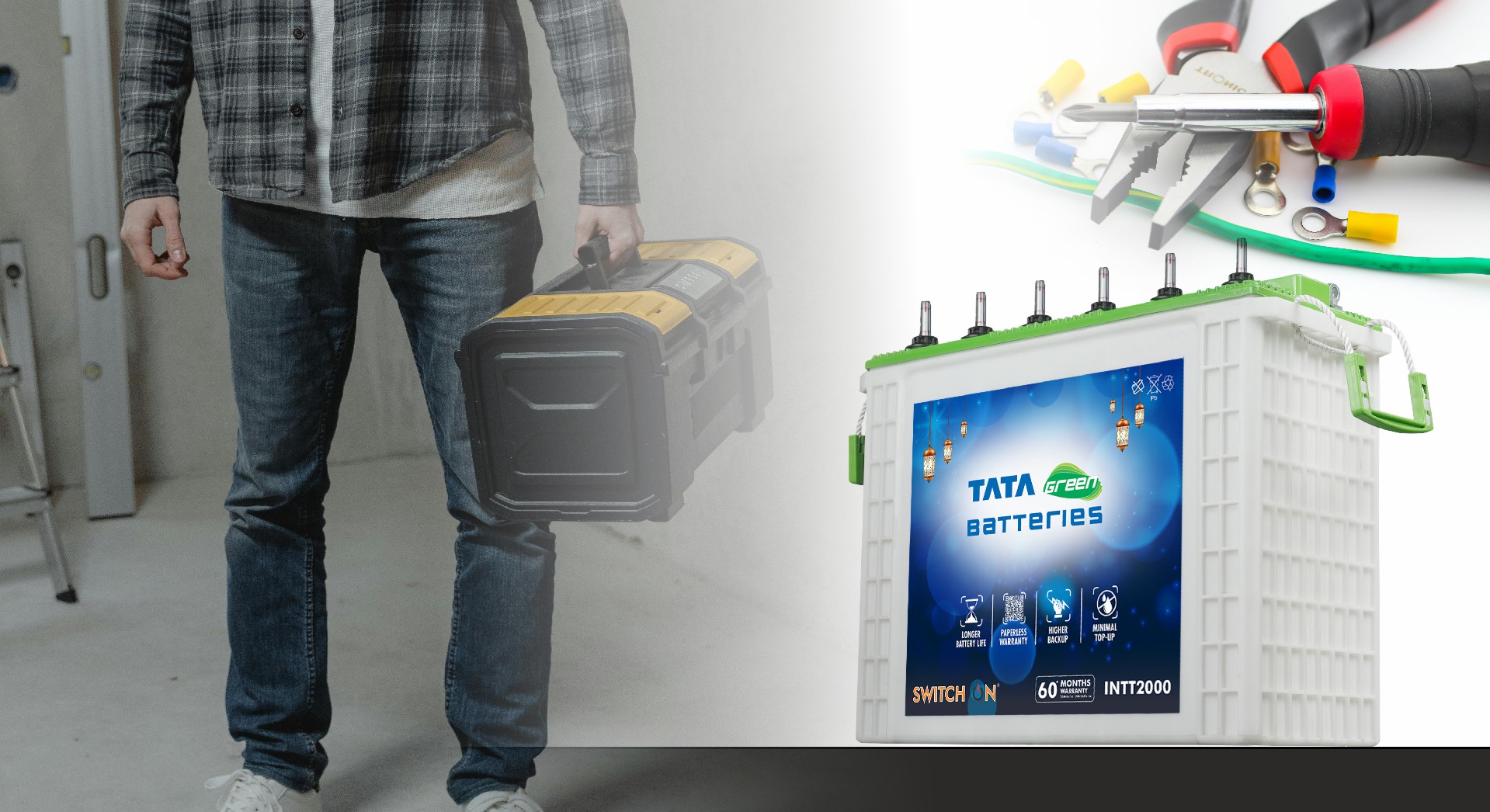For many first-time car owners, the battery is not always top of mind. Attention usually goes to fuel efficiency, comfort or design. But without a healthy battery, the car simply will not start. Buying a battery may seem like a straightforward task, yet there are important details that ensure the right fit and long-lasting performance. This checklist is designed to make the process easier for those who are purchasing a car battery for the first time.
Know Your Vehicle
The first step before purchasing a battery is to understand the vehicle’s requirements. The car owner’s manual provides key information such as the group size, which may be listed as numbers like 34, 35 or 58. Group size refers to the physical dimensions, terminal placement and electrical specifications of the battery.
Along with this, it is important to note the Ampere-Hour (AH) rating and the Cold Cranking Amps (CCA) requirement mentioned in the manual. AH measures the capacity of the battery, while CCA indicates its ability to start the engine in different weather conditions. Measuring the battery tray is also helpful to ensure the new battery fits securely.
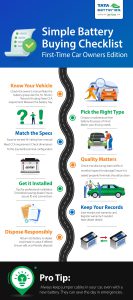
Pick the Right Type
Not all car batteries are the same. Some require regular maintenance, while others are maintenance-free. For most new car owners, a maintenance-free option is the easier choice because it requires less effort and attention. Choosing the right type also depends on driving habits. For example, frequent short trips, long highway drives or the use of advanced in-car features will affect the demands placed on the battery. Matching the type to driving needs helps avoid unnecessary breakdowns.
Match the Specs
A car battery should always meet or exceed the specifications listed in the vehicle manual. The AH rating in the new battery should be equal to or higher than the recommended figure. Similarly, the CCA requirement must be matched so that the car starts reliably in all weather conditions.
Dimensions are equally critical. Even a small difference in size can prevent the battery from sitting properly in the tray. It is also necessary to check the terminal configuration to make sure the positive and negative ends align correctly with the car’s wiring. Ensuring a proper match avoids safety risks and guarantees smooth performance.
Quality Matters
A new battery is only as good as its quality. Before buying, it is wise to check the manufacturing date. A fresh battery that was manufactured within the last six months will deliver better performance compared to one that has been sitting on a shelf for longer.
The battery should also be inspected for any visible damage, such as cracks, dents or leaks. A properly sealed casing ensures safety during use. The terminals should be clean, firm and free from corrosion. Attention to these details reduces the chances of early failure and ensures a reliable purchase.
Get It Installed
Buying the right battery is only part of the process. Proper installation is equally important. Professional installation is recommended because trained technicians can ensure a secure fit, tighten connections and test the battery before handing over the vehicle.
Testing ensures that the battery delivers the expected performance from the very beginning. A secure fit also prevents movement or vibration, which can damage the battery and shorten its life. First-time owners should not overlook this step, as installation mistakes often lead to unnecessary problems later.
Keep Your Records
Every battery purchase comes with documents that should be kept safe. The receipt and warranty card are essential in case of future claims. Some dealers may also require registration of the warranty, which is an easy process that should not be skipped.
Noting down dealer details is also helpful, especially if support is required during the warranty period. These small steps ensure that assistance is readily available if the battery develops issues in the future.
Disclose Responsibly
When replacing an old battery, it is important to handle disposal responsibly. Most dealers accept old batteries in exchange, often providing a trade-in value. Returning the old unit ensures that it is recycled safely and does not harm the environment.
Improper disposal of batteries can release harmful chemicals into the soil and water. By availing trade-in options or dealer return programs, car owners not only save some money but also contribute to eco-friendly practices. Responsible disclosure is both practical and environmentally sound.
A Smarter Start for First-time Owners
Buying a battery is often the first real test of responsibility for a new car owner. It sets the tone for how well the vehicle will be maintained in the years ahead. Choosing carefully not only prevents sudden breakdowns but also helps build confidence in handling future car-related decisions. When the right steps are followed from the beginning, every drive feels secure and stress-free. With thoughtful care, the battery becomes more than just a component under the hood; it becomes the power source that keeps journeys smooth and dependable.







